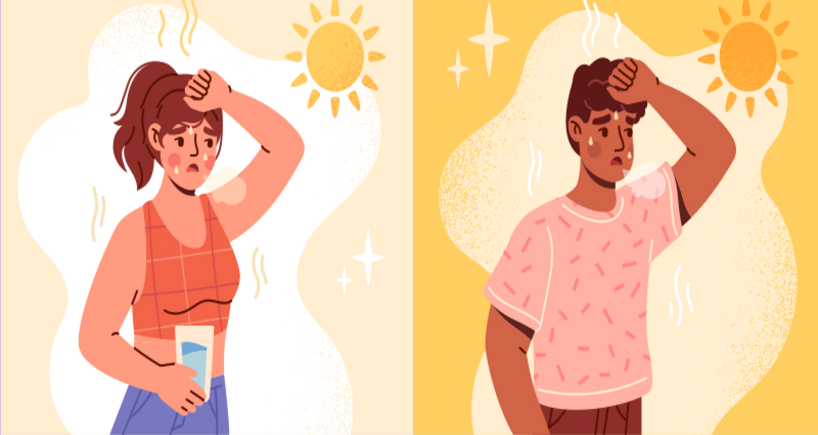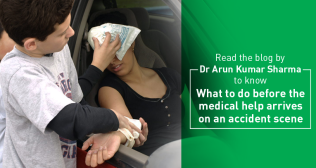
Understanding Heat Exhaustion vs. Heat Stroke: When to Seek Emergency Care
As the temperatures soar, it's crucial to be aware of the risks associated with heat-related illnesses. Heat stroke and heat exhaustion are two common conditions that can occur when the body overheats, but understanding the difference between them could be a matter of life and death.
Heat exhaustion is the body's response to excessive heat and dehydration. Symptoms include heavy sweating, rapid pulse, dizziness, weakness, nausea, and headache. While it can be serious, prompt treatment usually involves moving to a cooler environment, drinking fluids, and resting. However, if left untreated, heat exhaustion can progress to heat stroke.
Heat stroke, on the other hand, is a medical emergency and requires immediate attention. It occurs when the body's temperature regulation system fails, causing the body temperature to rise to dangerous levels. Symptoms of heat stroke include a lack of sweating, hot and dry skin, confusion, rapid heartbeat, seizures, and even loss of consciousness. Without prompt medical intervention, heat stroke can lead to organ damage, brain injury, and even death.
It's essential to know when to seek emergency care. If someone is showing symptoms of heat stroke, such as confusion or loss of consciousness, call emergency services immediately. While waiting for help to arrive, move the person to a cooler place, remove excess clothing, and try to cool them down with cold compresses or a cool bath.
Prevention is key to avoiding heat-related illnesses. Stay hydrated by drinking plenty of fluids, especially water, and avoid excessive exertion during the hottest parts of the day. Wear lightweight, light-coloured clothing, and seek shade or air conditioning when possible.
In summary, understanding the different signs and symptoms of heat exhaustion and heat stroke can help you recognize when to seek emergency care. While heat exhaustion can often be treated with rest and hydration, heat stroke requires immediate medical attention to prevent serious complications. Stay safe and stay cool during the hot summer months.
Categories
Clear allMeet the doctor

- Emergency and Trauma | Emergency Medicine
-
20 Years
-
660















